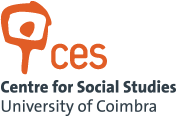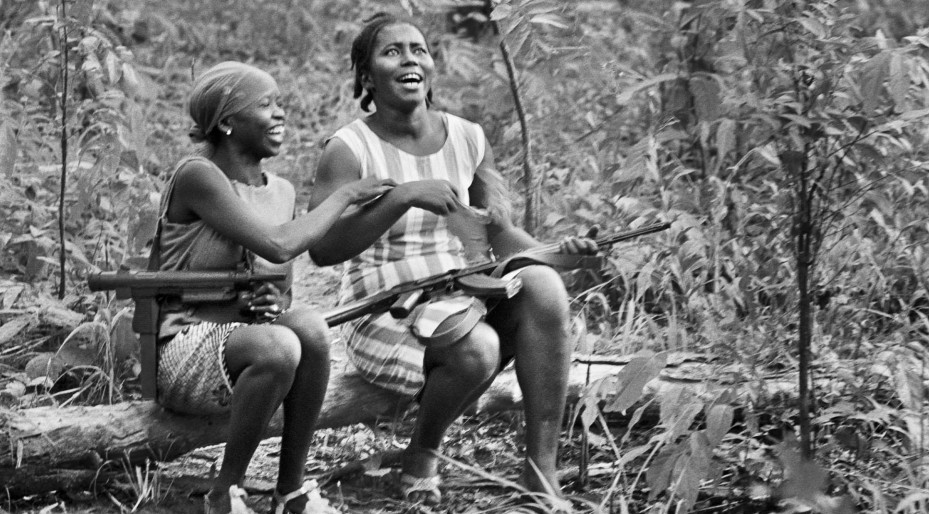PHOTOGRAPHIC EXHIBITION
«Revolutions: Guinea-Bissau, Angola and Portugal (1969-1974)» | Photographs by Uliano Lucas
November 17, 2023 - March 17, 2024 | Wednesday to Monday | 15h00 - 20h00 (last entry 19h30)
Galeria Pedro Olayo (filho), Convento S. Francisco (Coimbra)
© Uliano Lucas
The exhibition “Revolutions – Guinea-Bissau, Angola and Portugal (1969-1974)”, by Uliano Lucas, is the story of a journey made up of multiple journeys. The 56 photos - some unpublished, others published in Italy in photographic catalogues in the 1970s or in European magazines and newspapers of the time - are but a sample of Uliano Lucas' vast collection of images on this subject. The exhibition is organised into three parts corresponding to three territories photographed by Uliano Lucas between 1969 and 1974: the first section, entitled Guinea-Bissau, 1969, brings together some photos taken on the assignment that took him to the "liberated zones" of Guinea, at the request of the PAIGC; the second section - Angola, 1972 - includes images of the daily life of the MPLA's male and female guerrilla fighters; the third and final section is entitled Portugal, 1972 and 1974 and portrays aspects of daily life in the country during the final period of the dictatorship (1972) and the days of celebration of the Revolution (1974).
Uliano Lucas' photographs are exhibited for the first time in Coimbra. The timing couldn't be better than these months leading up to the 50th anniversary of the 25 April Revolution and the independence of Angola, Guinea-Bissau, Mozambique, Cape Verde and São Tomé e Príncipe. Published today, Uliano Lucas' photographs help to rewire the memory of pasts that have marked the history of the 20th century, bringing them back to the present.
About the photographer
Photojournalist Uliano Lucas (born 1942) grew up in Milan, where he studied at the 'Rinascita' schools and, from an early age, frequented the Brera neighbourhood's atmosphere of artists and intellectuals. In his early photographs, the city of Milan is the main protagonist, in particular its artistic life (of writers, musicians, painters) in the 1960s and 1970s.
1968 will be a pivotal year for the Italian photojournalist. At this point, the importance of the political commitment, which he never abandoned, emerged. This commitment was reflected in his articles portraying the student and worker protests of those years. Articles on liberation movements marked the following period: the photographer travelled, often on his initiative, to the African continent and his work was published in German and French magazines, since in Italy - with a few exceptions, such as L'Espresso or Vie Nuove - no newspaper was particularly interested in publishing political photographs depicting guerrilla warfare, daily life in the forest, the struggle for freedom, the birth of new democracies.
In the summer of 1969, Uliano Lucas and journalist Bruno Crimi (1939-2006) undertook a trip to the liberated areas of Guinea-Bissau. The story was published in various newspapers (in particular in the weekly Vie Nuove) and the book Guinea Bissau: una rivoluzione africana, published in 1970 by Vangelista in Milan (with texts by Bruno Crimi and photos by Uliano Lucas).
Uliano Lucas will then travel around the African continent - Algeria, Tunisia, Tanzania, Congo, Mozambique, Zambia, Ethiopia, Eritrea… - following the processes of decolonisation and the problems, realities and transformations in these countries. He also addressed violence in psychiatric institutions in Italy, denouncing the situation, as well as the migratory phenomenon in Northern Europe.
From the 1990s onwards, in addition to reporting on countries at war - a case in point being his reporting during the conflict in Yugoslavia - he documented the changes in daily life and the world of work in major Italian cities such as Turin, Milan, and Genoa and in some regions in particular (such as Puglia, Abruzzo, and Veneto), and then devoted himself to issues related to emigration and immigration.
Artistic/Technical File
Curator | Elisa Alberani, Miguel Cardina, Vincenzo Russo
Iconographic Research | Tatiana Agliani – Archivio Uliano Lucas (Asti)
Photographic Post-Production | Cristina Gramegna – Studio De Stefanis (Milan)
Coorganization: Convento São Francisco/Câmara Municipal de Coimbra, Instituto Italiano de Cultura de Lisboa, Cátedra António Lobo Antunes, Universidade de Milão, Centro de Estudos Sociais da Universidade de Coimbra (CROME project and “50 anos de Abril” initiative), Edições do Laguão, Arquivo Uliano Lucas


